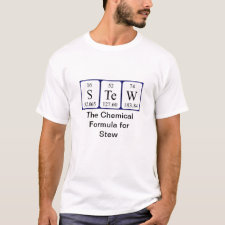
Authors: Deichmann U
Article Title: Template Theories, the Rule of Parsimony, and Disregard for Irreproducibility - The Example of Linus Pauling's Research on Antibody Formation.
Publication date: 2021
Journal: Historical Studies in the Natural Sciences
Volume: 51
Issue: (4)
Page numbers: 427-467.
DOI: 10.1525/hsns.2021.51.4.427
Alternative URL: https://online.ucpress.edu/hsns/article/51/4/427/118595/Template-Theories-the-Rule-of-Parsimony-and
Abstract: In 1940, Linus Pauling proposed his template theory of antibody formation, one of many such theories that rejected Paul Ehrlich's selective theory of preformed "receptors" (antibodies), assuming instead a direct molding of antibody shapes onto that of the antigen. Pauling believed that protein shapes - independently of amino acid sequences - determined antibody specificity and biological specificity in general. His theory was informed by his pioneering work on protein structure, and it was inspired by the intuitive "rule of parsimony" and simplicity. In 1942, Pauling published his alleged success in producing specific artificial antibodies through experiments based on his 1940 theory. However, his experiments could not be reproduced by prominent immunochemists at the time, and, later, it became generally accepted that antibody specificity was not generated according to Pauling's and others' "instruction" template theories. A citation analysis shows that Pauling's papers on antibody generation continue to be cited as, among other things, pioneering studies of a chemical technology called "molecular imprinting."The examples of Pauling and other protein chemists are used in this paper to demonstrate that scientific belief, philosophical concepts, and subjective theory preferences facilitated the occurrence of irreproducibility in immunochemistry and beyond. The article points to long-term consequences for the scientific community if irreproducible results are not acknowledged. It concludes by arguing that despite the risks, e.g., for the occurrence and perpetuation of irreproducible results that they entail, subjectivity and a commitment to scientific convictions have often been pre-requisites for the generation, and holding on to, scientific innovation in the face of doubt and rejection from the scientific community
Template and target information: Pauling's theory
Author keywords: Linus Pauling, antibody formation, irreproducibility, scientific belief, aperiodicity, sequence, molecular imprinting, template vs.selective theories



Join the Society for Molecular Imprinting

New items RSS feed
Sign-up for e-mail updates:
Choose between receiving an occasional newsletter or more frequent e-mail alerts.
Click here to go to the sign-up page.
Is your name elemental or peptidic? Enter your name and find out by clicking either of the buttons below!
Other products you may like:
 MIPdatabase
MIPdatabase









